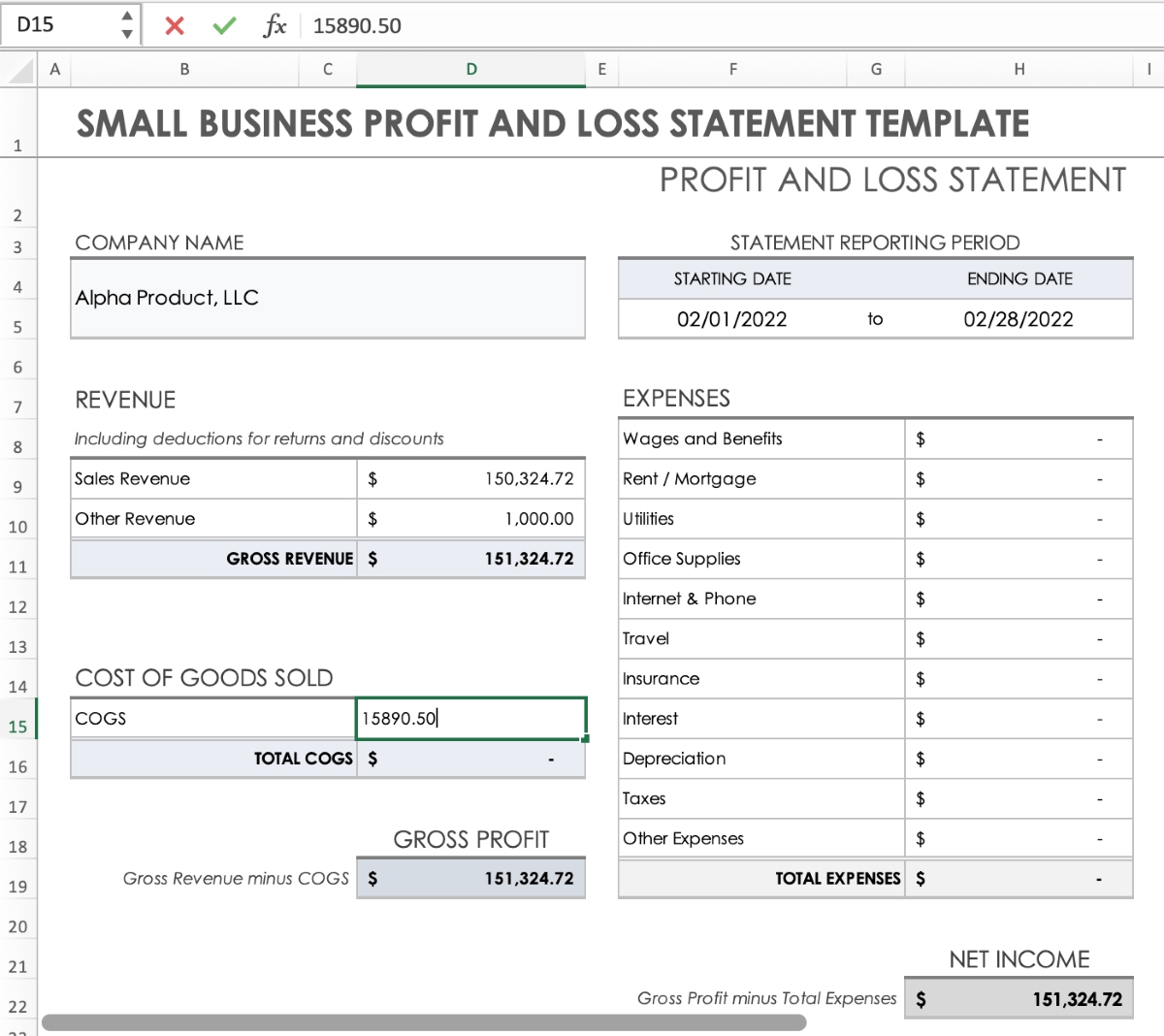Home>Finance>What Is A Trading Halt? Definition, How It Works, And Causes


Finance
What Is A Trading Halt? Definition, How It Works, And Causes
Published: February 10, 2024
Discover the definition and workings of a trading halt in the finance industry, along with its causes, to gain a comprehensive understanding.
(Many of the links in this article redirect to a specific reviewed product. Your purchase of these products through affiliate links helps to generate commission for LiveWell, at no extra cost. Learn more)
What Is a Trading Halt? Definition, How It Works, and Causes
Hello, fellow finance enthusiasts! Today, we are going to dive into the intriguing world of trading halts. If you’ve ever wondered how the stock market can temporarily suspend trading on a particular stock, this article is for you. We will define what a trading halt is, explore how it works, and uncover the common causes that lead to these suspension periods.
Key Takeaways:
- A trading halt, also known as a trading suspension, is a temporary pause in the trading of a specific stock or securities on an exchange.
- Trading halts can be imposed by stock exchanges, regulatory bodies, or even the listed company itself.
So, let’s get right into it, shall we?
Definition of Trading Halt
A trading halt, or trading suspension, is a temporary pause in the trading of a specific stock or securities on an exchange. During this period, traders and investors are unable to buy or sell the halted security until the trading halt is lifted. Trading halts are typically put in place to maintain market stability, safeguard investors’ interests, allow time for important announcements, or respond to unforeseen events.
How Does a Trading Halt Work?
The process of a trading halt begins when the exchange, regulatory body, or listed company determines that it is necessary. Once a decision is made, a trading halt announcement will be issued to inform the public and market participants. This announcement can include the start time, end time (if known), reasons for the halt, and any additional instructions or information relevant to the halt.
During the trading halt, the stock or securities in question cannot be traded. This means that buyers and sellers cannot execute orders on that particular security until the halt is lifted. The duration of a trading halt can vary, ranging from a few minutes to several days, depending on the circumstances and the nature of the event triggering the halt.
Causes of Trading Halts
Trading halts can occur due to various reasons, including:
- News Announcements: A trading halt may be imposed when there is pending news or an important announcement related to the company or security. This allows investors to digest the information and make informed trading decisions.
- Volatility and Unusual Market Activity: If a stock experiences extreme price fluctuations or significant trading volume, exchanges may decide to halt trading temporarily. This helps prevent chaotic situations, allows market participants to reassess market conditions, and reduces the chances of manipulation.
- Investor Protection: Trading halts can be implemented to protect investors’ interests. For example, if there are concerns about fraudulent activities, unverified information, or potential market manipulation, regulators may opt for a trading halt to investigate the matter further.
- Technical Glitches: Occasionally, technical glitches or system failures within the exchange’s trading infrastructure can disrupt the normal functioning of the market. In such cases, trading may be halted to address and resolve the underlying issues.
Conclusion
Trading halts play a crucial role in maintaining market integrity and protecting investors’ interests. By temporarily suspending trading on specific securities, exchanges and regulatory bodies can prevent disorderly markets, provide time for important announcements, and ensure fair and transparent trading conditions. As an investor, understanding trading halts and their causes can help you navigate the ever-changing landscape of the stock market more confidently.
We hope this article has shed some light on the fascinating world of trading halts. If you have any further questions or thoughts, please feel free to leave a comment below. Happy trading!














